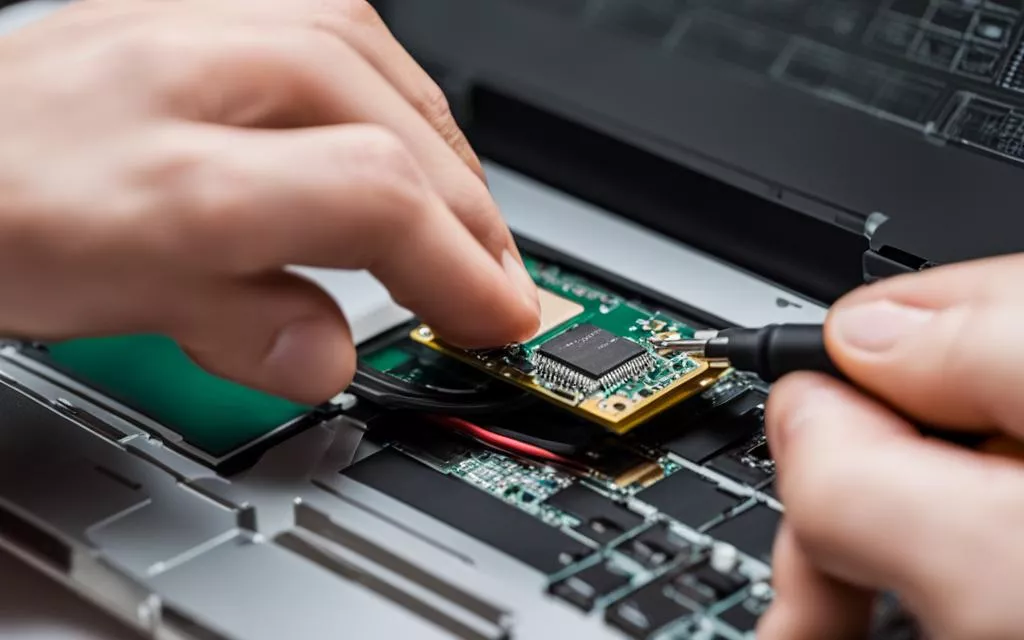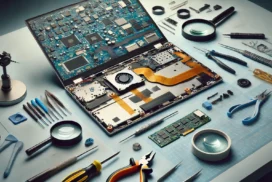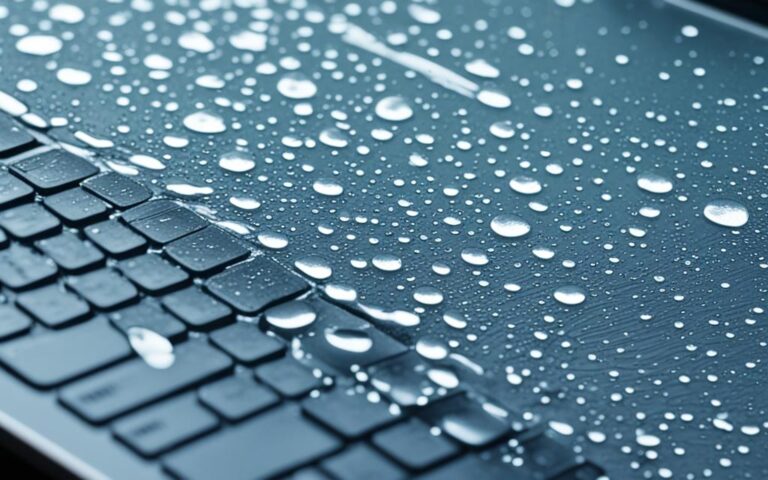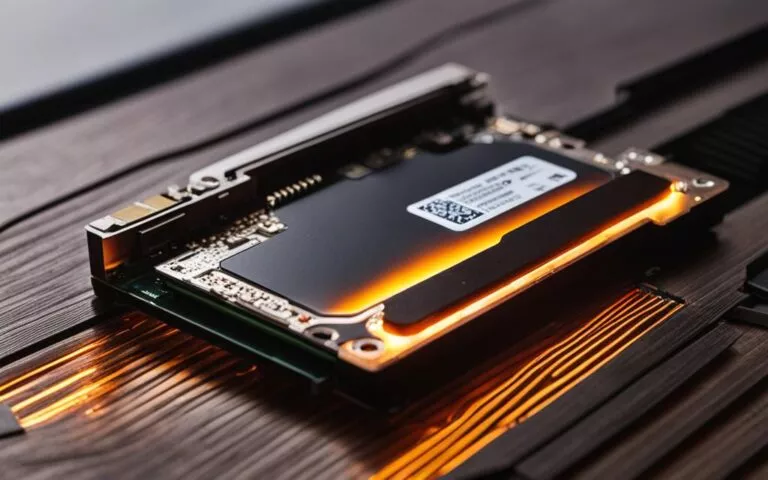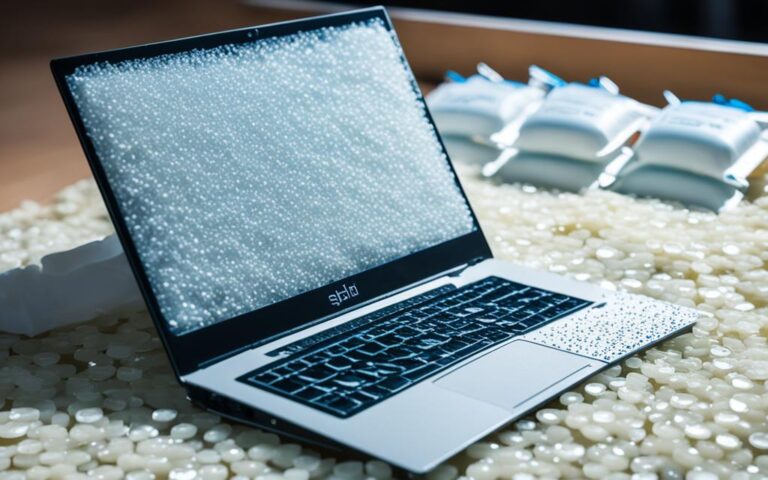Repairing Laptop SD Card Slot Problems
If you are experiencing issues with your laptop’s SD card slot, such as it not working or not recognizing the SD card, there are several solutions you can try to fix the problem. This article will guide you through the steps to repair the SD card slot on your laptop, ensuring that it functions properly and allows you to use SD cards without any issues. The information for these solutions has been gathered from various sources and experts in the field.
One of the most common causes of an SD card reader not working on Windows 10 is a poor connection between the SD card and the SD card reader. This can be due to a loose connection or a faulty SD card reader. Other possible causes include a missing SD card driver or an SD card that is infected with a virus. It is important to identify the specific cause of the issue in order to apply the appropriate solution.
There are several solutions that you can try if your SD card reader is not working on Windows 10. These solutions include checking for hardware issues with the SD card reader, running the Windows Hardware and Devices troubleshooter, assigning a new drive letter to the SD card, updating the SD card reader driver, and cleaning up any virus or malware on the SD card. Each solution addresses a specific aspect of the issue and can help to resolve it.
If your SD card reader is not showing up in File Explorer on Windows, there are several troubleshooting steps that you can take. These steps include updating the card reader driver, cleaning the SD card and reader, checking if the card reader is disabled in the BIOS, testing the SD card in another PC, and disabling and enabling the card reader. By following these steps, you can identify the root cause of the issue and take the necessary actions to resolve it.
In conclusion, repairing the SD card slot on your laptop is possible with the right troubleshooting steps. By addressing common causes such as hardware issues, outdated drivers, and dirty SD cards/readers, you can fix the problem and have your SD card slot working properly again. Remember to test different solutions and be patient in finding the one that works for your specific situation. If you need further assistance or have other suggestions, feel free to reach out for help.
Common Causes of SD Card Reader Not Working on Windows
In today’s digital age, SD cards have become an essential storage solution for many individuals. However, it can be frustrating when your SD card reader is not working on Windows 10, hindering your ability to access important files and data. Understanding the common causes behind this issue is crucial in order to find the appropriate solution.
One of the most prevalent causes of an SD card reader not working on Windows 10 is a poor connection between the SD card and the SD card reader. This can occur due to a loose connection or a faulty SD card reader. To resolve this problem, ensure that the SD card is properly inserted into the card reader and check for any physical damage or debris that may hinder the connection.
Another possible cause of SD card reader malfunctions is a missing SD card driver. Windows 10 relies on the correct driver to communicate with the SD card reader, and without it, the reader may fail to function. In such cases, updating or reinstalling the driver can often rectify the problem.
Furthermore, it is important to consider the possibility of an SD card that is infected with a virus. Virus-infected SD cards can cause compatibility issues and may prevent the card reader from functioning correctly. To address this, use reliable antivirus software to scan and clean the SD card.
By identifying the specific cause of your SD card reader not working on Windows 10 – whether it be a poor connection, a missing driver, or a virus-infected SD card – you can proceed to apply the appropriate solution for seamless functionality.
Common Causes of SD Card Reader Not Working on Windows:
| Cause | Solution |
|---|---|
| Poor connection between SD card and SD card reader | Ensure proper insertion and check for physical damage or debris |
| Missing SD card driver | Update or reinstall the driver |
| Virus-infected SD card | Scan and clean the SD card using reliable antivirus software |
Solutions to Fix SD Card Reader Not Working on Windows 10
If your SD card reader on Windows 10 is not working correctly, there are several solutions you can try to resolve the issue. Each solution addresses a specific aspect of the problem and can help you get your SD card reader back in working order.
- Check for Hardware Issues: First, inspect the SD card reader for any visible damage or loose connections. Ensure that the card reader is securely connected to the laptop and that there are no obstructions hindering the connection.
- Run Windows Hardware and Devices Troubleshooter: Use the Windows Hardware and Devices troubleshooter to identify and fix any potential issues with the SD card reader. This automated tool can detect and resolve common hardware problems.
- Assign a New Drive Letter: Sometimes, the SD card reader may not recognize the SD card due to a drive letter conflict. You can assign a new drive letter to the SD card using the Disk Management tool in Windows. This can often resolve issues with drive letter assignment and enable the SD card reader to detect the SD card.
- Update the SD Card Reader Driver: Outdated or incompatible drivers can prevent the SD card reader from functioning correctly. Visit the laptop manufacturer’s website or the SD card reader manufacturer’s website to download and install the latest driver for your specific model.
- Clean-Up Virus/Malware: Viruses or malware on the SD card can interfere with the SD card reader’s functionality. Use reliable antivirus software to scan and clean up any potential threats on the SD card. Ensure that the antivirus software is up to date to effectively remove any malicious files.
Example:
“By addressing these solutions, you increase the chances of resolving the SD card reader issue on Windows 10. Checking for hardware issues, running the Windows Hardware and Devices troubleshooter, assigning a new drive letter, updating the SD card reader driver, and performing virus/malware clean-up are effective steps to get your SD card reader working properly again.”
By following these troubleshooting steps, you can determine the underlying cause of the SD card reader problem and apply the appropriate solution. Remember to test the SD card reader after each step to check if the issue is resolved. If the problem persists, further professional assistance may be required.
Troubleshooting SD Card Reader Not Showing Up on Windows
If your SD card reader is not showing up in File Explorer on Windows, it can be frustrating and hinder your ability to access important files. However, there are several troubleshooting steps you can take to resolve this issue and get your SD card reader working again.
1. Update the Card Reader Driver
An outdated card reader driver can cause compatibility issues and prevent the SD card reader from appearing in File Explorer. To resolve this, you need to update the driver to the latest version. Follow these steps:
- Open the Device Manager by typing “Device Manager” into the search bar and selecting the corresponding result.
- Expand the “Memory technology devices” category.
- Right-click on the SD card reader and select “Update driver”.
- Choose the option to automatically search for updated driver software.
- Restart your computer after the driver update is complete.
2. Clean the SD Card and Reader
A dirty or dusty SD card or reader can cause connectivity issues and prevent the SD card reader from being detected. To clean them:
- Turn off your computer and unplug any power source.
- Gently remove the SD card from the reader.
- Use a soft microfiber cloth to clean the contacts on both the SD card and the reader.
- Reinsert the SD card into the reader.
- Power on your computer and check if the SD card reader is now visible in File Explorer.
3. Check if the Card Reader is Disabled in the BIOS
Sometimes, the card reader might be disabled in the BIOS settings, causing it to be invisible in File Explorer. To check and enable it:
- Restart your computer and press the key indicated during the boot process to enter the BIOS setup.
- Navigate to the “Advanced” or “Peripherals” tab using the arrow keys.
- Locate the option related to the card reader and make sure it is enabled.
- Save the changes and exit the BIOS setup.
- Start your computer and see if the SD card reader is now showing up in File Explorer.
4. Test the SD Card in Another PC
To rule out the possibility of a faulty SD card, try inserting it into another PC or laptop’s SD card reader and check if it is recognized. If the SD card works on a different device, it indicates that the issue lies with your computer’s SD card reader.
5. Disable and Enable the Card Reader
In some cases, disabling and re-enabling the card reader can help reset its settings and make it visible again in File Explorer. Here’s how:
- Open the Device Manager by typing “Device Manager” into the search bar and selecting the corresponding result.
- Expand the “Memory technology devices” category.
- Right-click on the SD card reader and select “Disable device”.
- Wait for a few seconds, then right-click on the SD card reader again and select “Enable device”.
- Restart your computer and check if the SD card reader shows up in File Explorer.
By following these troubleshooting steps, you can identify and address the root cause of your SD card reader not showing up on Windows. Whether it’s an outdated driver, a dirty SD card or reader, a disabled card reader, or other issues, these solutions can help you get back to accessing your SD card seamlessly.
Conclusion
In conclusion, repairing the SD card slot on your laptop is possible by following the right troubleshooting steps. By addressing common causes such as hardware issues, outdated drivers, and dirty SD cards/readers, you can fix the problem and have your SD card slot working properly again.
It is important to test different solutions and be patient in finding the one that works best for your specific situation. Remember, not all issues can be resolved by a single solution, so it may require a combination of steps.
If you need further assistance or have other suggestions, feel free to reach out for help. Our support team is available to guide you through the process and provide any additional information you may need.
FAQ
What are the common causes of an SD card reader not working on Windows 10?
Some common causes can include a poor connection between the SD card and the SD card reader, a faulty SD card reader, a missing SD card driver, or an SD card infected with a virus.
What are the solutions to fix an SD card reader not working on Windows 10?
You can try checking for hardware issues with the SD card reader, running the Windows Hardware and Devices troubleshooter, assigning a new drive letter to the SD card, updating the SD card reader driver, or cleaning up any virus or malware on the SD card.
How can I troubleshoot an SD card reader that is not showing up in File Explorer on Windows?
You can try updating the card reader driver, cleaning the SD card and reader, checking if the card reader is disabled in the BIOS, testing the SD card in another PC, or disabling and enabling the card reader.
